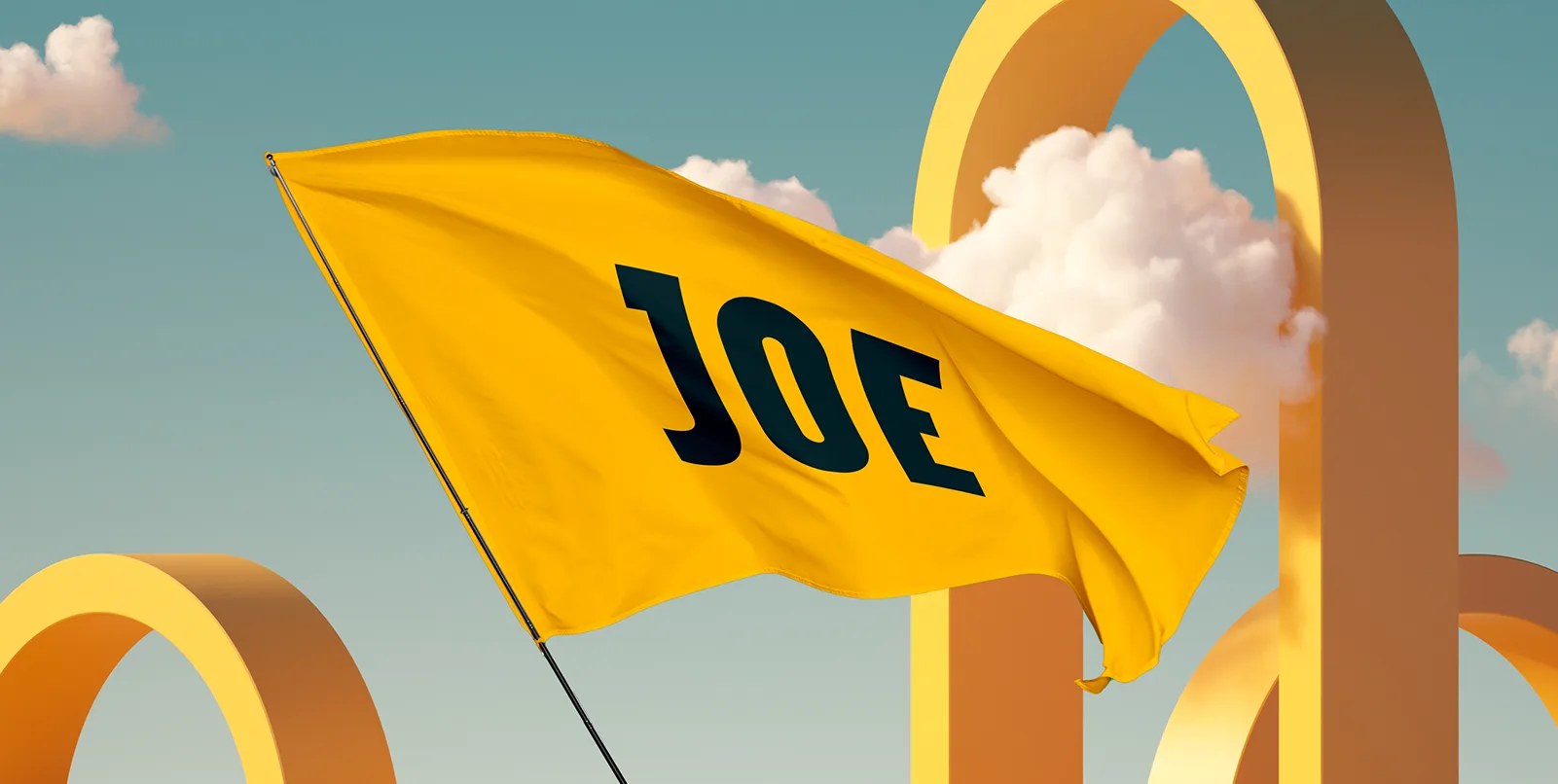Brian O’Driscoll hung onto No 13 for over an hour after his final Ireland match, in Paris. Eventually, reluctantly he stuck the jersey back on its peg.
Ireland entered this season with six options to fill the outside centre position vacated by Brian O’Driscoll in March. Darren Cave and Fergus McFadden got chances to impress in Argentina during the summer but, respectively, one can not get into the Ulster team while the other damaged an ankle against Munster.
Joe Schmidt has also lost Keith Earls to injury while he has stated a preference to stick with Gordon D’Arcy at inside centre. That left two – Jared Payne of Ulster and Connacht’s Robbie Henshaw.
Payne became Irish-qualified in August and was immediately invited in for a short training camp with Schmidt and his coaches. Henshaw was first called in to train with Ireland in January 2013. His test bow came against the United States. Although he has added just two caps, the 21-year-old was a constant in Ireland’s 2014 Six Nations squad and ran at 13 in a host of training sessions as O’Driscoll struggled with a calf injury.
Henshaw has the benefit of extended time under Schmidt’s gaze but the head coach has name-dropped Payne, his fellow New Zealander, on numerous occasions. Reports in Wednesday’s Irish Independent suggest the duo may start together as Gordon D’Arcy has struggled with a calf strain. Only one can play outside centre, however. Here is how both men got within reach of the most famous jersey in Irish rugby history.
Early days
In March 2012, Henshaw led Marist College, Athlone, to their first Connacht Schools Senior Cup in 35 years. That summer, Connacht academy coach Nigel Carolan earmarked him for senior team breakthrough within two seasons. His debut came much sooner. He came on for Eoin Griffin, against Cardiff, in September 2012 and went on to make 17 league appearances in a breakthrough season.
Payne was part of the New Zealand Under-21 team that finished fourth at the 2006 world championships. He primarily played for Waikato in the ITM Cup but made three Super Rugby appearances in 2007. A move to Crusaders in 2009 led to increased game-time but he moved on again, to Auckland Blues, in 2011, and enjoyed his most consistent season. Ulster went shopping for John Afoa that year and also discovered Payne. Director of Rugby David Humphreys saw his running threat as ideal for the Ulster backline. Plans were effectively shelved after Payne broke his leg and missed much of his first season.
Causing a stir
The moment Payne regained fitness he proved himself as vital to Ulster’s efforts. Stefan Terblanche had moved on and Adam D’Arcy was struggling with injury issues of his own, leaving the Kiwi with a clear run at fullback. In 2012/13 he scored eight tries in 22 games as Ulster reached the Pro12 final. Henshaw built on his impressive breakthrough season and contributed hugely to the Heineken Cup triumph away to four-time champions Toulouse.
Move to midfield
Pat Lam refused to be drawn on whether he saw Henshaw as a fullback or centre in his early months at Connacht’s helm. Gradually, and with Darragh Leader emerging as an option at 15, he shifted the Ireland international into midfield. Injuries at Ulster – to Chris Farrell and Stuart Olding – saw Payne take up a regular role alongside Cave in the centre. Payne’s outstanding season was blighted by a red card in his team’s Heineken Cup quarter final loss to Saracens.

Early season form
Payne scored a pre-season try against Leinster but played just once in September but gained match fitness, at 13, ahead of the Champions Cup. He featured at outside centre in defeats to Leicester and Toulon. Payne’s ability to turn defence into attack has been missed by Ulster and O’Driscoll himself has suggested that he may be best utilised at 15. Henshaw is reveling as attack leader out west and has scored three tries so far this season – his best return to date.




























